

Articles
How To Store Dry Rice
Modified: August 31, 2024
Learn the best methods for storing dry rice in this informative article. Discover tips on how to keep your rice fresh and maintain its quality.
(Many of the links in this article redirect to a specific reviewed product. Your purchase of these products through affiliate links helps to generate commission for Storables.com, at no extra cost. Learn more)
Introduction
Welcome to our comprehensive guide on how to store dry rice. Whether you are a seasoned cook or just starting out in the kitchen, it is essential to know how to properly store rice to ensure its freshness and quality. Rice is a staple food in many cultures around the world and is consumed by millions of people every day. However, improper storage can lead to moisture, pests, and loss of flavor, leading to wasted food and money.
In this article, we will walk you through the step-by-step process of storing dry rice to keep it fresh for as long as possible. We will discuss the importance of choosing the right container, the proper methods for preparing rice for storage, and how to store rice in bulk or smaller portions. Additionally, we will provide tips on how to keep rice fresh and how to check for signs of spoilage.
By following the guidelines outlined in this article, you can ensure that your rice remains in optimal condition, allowing you to enjoy delicious meals with the perfect texture and flavor.
Key Takeaways:
- Choose the right container: Airtight, food-grade containers with wide openings and stackability are essential for protecting dry rice from moisture, pests, and air exposure, ensuring its freshness and quality.
- Proper preparation and storage: Inspect, clean, wash, dry, and divide dry rice into airtight containers to maintain its longevity, flavor, and nutritional value, whether storing in bulk or small portions.
Read more: How To Store Dried Peppers
Choosing the Right Container
One of the key factors in effectively storing dry rice is selecting the right container. The container you choose will determine the level of protection against moisture, pests, and air exposure. Here are some factors to consider when choosing a container:
- Airtightness: It is crucial to select a container that is airtight to prevent air from entering and moisture from seeping in. Airtight containers will help maintain the freshness and prevent the rice from becoming stale or absorbing unwanted odors.
- Material: Look for containers made of food-grade materials such as stainless steel, glass, or food-grade plastic. These materials are safe to use and will not react with the rice, preserving its quality and taste. Avoid containers made of materials that may leach harmful chemicals into the rice.
- Size: Choose a container that can accommodate the amount of rice you plan to store. It is preferable to have a container with some extra space to allow for movement and easier scooping without causing spillage.
- Accessibility: Consider how easy it is to access the rice from the container. Look for containers with wide openings or easy-to-open lids to simplify the process of retrieving rice as needed.
- Transparency: Opt for a container that is transparent or has a clear window. This allows you to easily see the contents of the container without having to open it, which helps in monitoring the amount of rice left and identifying any signs of spoilage.
- Stackability: If you plan to store multiple containers, consider selecting ones that are stackable. This will help save space in your pantry or storage area and keep the containers organized.
Remember, a good container should protect the rice from moisture, pests, and air exposure, keeping it fresh and preserving its quality for an extended period.
Preparing Rice for Storage
Before storing rice, it is essential to properly prepare it to ensure its longevity and quality. Here are some steps to follow when preparing rice for storage:
- Inspect and remove any impurities: Before storing rice, carefully inspect it for any foreign objects or impurities such as stones or insects. Remove any unwanted particles to prevent contamination and ensure the rice stays fresh.
- Clean and wash: Rinse the rice thoroughly under running water to remove any dirt, debris, or surface starch. This also helps remove any potential contaminants that may affect the quality and taste of the rice. Use a strainer or colander to drain the excess water after washing.
- Dry the rice: After washing, spread the rice on a clean kitchen towel or baking sheet to allow it to dry completely. Ensure there is proper airflow around the rice to facilitate the drying process. This step is crucial, as storing damp rice can lead to mold growth or spoilage.
- Consider optional treatments: To further protect the rice, you may choose to implement optional treatments before storing. One option is to freeze the rice for a few days to kill any potential pests or their eggs. Additionally, you can also store the rice in a container with a bay leaf, which can act as a natural deterrent for pests.
By undertaking these steps, you are effectively preparing the rice for storage, ensuring its cleanliness, and reducing the risk of spoilage or contamination.
Storing Rice in Bulk
If you prefer to buy rice in bulk or if you have a large quantity of rice that needs to be stored, here are some tips for storing rice in bulk:
- Divide into smaller portions: If you purchase a large quantity of rice, it is advisable to divide it into smaller, manageable portions. This makes it easier to access and use the rice without exposing the entire supply to air and moisture.
- Use airtight containers: Transfer the measured portions of rice into airtight containers. Ensure that the containers are clean, dry, and seal tightly to prevent any air leakage or moisture penetration.
- Label and date: It is essential to label each container with the type and date of the rice storage. This helps in maintaining an organized storage system and tracking the freshness of the rice.
- Store in a cool, dry place: Find a cool, dry area in your pantry or storage room to store the rice containers. Avoid areas with direct sunlight or extreme temperature fluctuations, as they can affect the rice’s quality and shelf life.
- Avoid storing near strong odors: Keep the rice away from strong-smelling substances like cleaning agents or spices, as rice can absorb these odors easily.
- Rotate your stock: Practice the “first in, first out” method – use the oldest rice in your stock first before moving on to the latest purchase. This ensures that the rice is consumed within its ideal freshness period.
- Monitor for pests: Regularly inspect your rice storage area for any signs of pests, such as weevils or insects. If you notice any infestation, take immediate action to address the issue to prevent further contamination.
By following these guidelines, you can store your rice in bulk effectively, maintaining its freshness, flavor, and nutritional value for an extended period.
Store dry rice in an airtight container to keep out moisture and pests. Keep it in a cool, dry place away from sunlight to maintain its quality and shelf life.
Storing Rice in Small Portions
If you prefer to store rice in smaller portions or if you regularly use small amounts of rice in your cooking, here are some tips for storing rice in small quantities:
- Choose appropriate containers: Select small, airtight containers that can hold the desired quantity of rice. These containers should be able to seal tightly to prevent air and moisture from entering.
- Measure the portions: Measure out the amount of rice you need for each container. This helps in portion control and makes it convenient to use the rice without having to measure it every time.
- Label and date: It is crucial to label each container with the measurement of rice and the date of storage. This allows you to keep track of the freshness of the rice and easily identify the portion size.
- Store in a cool, dry place: Find a suitable location in your pantry or cupboards to store the rice containers. Ensure that the area is cool, dry, and away from direct sunlight or moisture, as they can affect the quality and spoilage of the rice.
- Stack and organize: Arrange the containers neatly and efficiently in your storage area. Stack them to save space and keep them organized so you can easily access the desired portion of rice when needed.
- Check for air-tightness: Regularly inspect the containers to ensure that they remain airtight. If you notice any signs of wear or damage to the lids or seals, replace them immediately to prevent air and moisture from entering.
- Use within recommended storage time: Rice stored in small portions may have a shorter shelf life compared to rice stored in bulk. Therefore, it is crucial to use the rice within the recommended storage time to ensure its freshness and quality.
By following these guidelines, you can store rice in small portions effectively, allowing for easy access, portion control, and maintaining the freshness of the rice for your everyday cooking needs.
Read more: How To Store Dried Cranberries
Keeping Rice Fresh
Keeping rice fresh is essential to maintain its quality, flavor, and texture. Here are some tips to help you keep your rice fresh:
- Store in a cool, dry place: Rice is best stored in a cool and dry area, away from direct sunlight, humidity, and temperature fluctuations. Exposure to heat and moisture can lead to spoilage and the growth of mold or pests.
- Avoid frequent exposure to air: Whenever you open the container to access the rice, do so as quickly as possible and reseal it immediately. Exposure to air can cause moisture buildup and lead to the rice becoming stale or absorbing unwanted odors.
- Do not store cooked rice at room temperature: Cooked rice should not be left at room temperature for an extended period as it can promote the growth of harmful bacteria. It is best to promptly refrigerate or freeze any leftover cooked rice.
- Do not mix old and new rice: Avoid mixing freshly cooked rice with old rice that has been stored for a longer period. Mixing old and new rice can affect the overall freshness of the batch.
- Avoid using wet utensils: When scooping rice from the container, make sure your utensils are dry, as introducing moisture into the rice can accelerate spoilage.
- Store rice away from strong odors: Rice easily absorbs odors, so it is important to keep it away from strong-smelling substances like spices, cleaning agents, or pungent foods.
- Keep an eye on the storage time: Different types of rice have varying shelf lives. It is important to be mindful of the recommended storage time for the specific type of rice you are storing and consume it within that period for optimal freshness.
- Consider using oxygen absorbers: Placing oxygen absorbers in the rice storage containers can help prolong the shelf life by reducing the oxygen presence, which can contribute to spoilage.
By following these tips, you can ensure that your rice stays fresh, flavorful, and free from spoilage for an extended period.
Checking for Spoilage
Regularly checking your stored rice for signs of spoilage is important to ensure that you are consuming safe and fresh rice. Here are some indicators to look for when checking for spoilage:
- Visual inspection: Examine the rice for any visible signs of mold, discoloration, or insects. If you notice any unusual colors, spots, or web-like formations, it is a sign that the rice has spoiled.
- Strange odors: Take a whiff of the rice to detect any off-putting or foul odors. If you notice an unpleasant smell, it could be an indication of spoilage or the presence of mold.
- Texture and consistency: Check the texture of the rice by gently rubbing the grains between your fingers. Fresh rice should have a smooth and dry texture. If the rice feels sticky, clumpy, or has a slimy texture, it is a sign of spoilage.
- Taste: If you have any doubts about the quality of the rice, cook a small portion and taste it. Spoiled rice may have a sour, musty, or off-flavor. If the taste seems off or unpleasant, discard the rice immediately.
- Pest infestation: Look for any signs of pests, such as weevils, moths, or insects, in the rice or the storage container. If you notice any live pests or their eggs, it is an indication of an infestation and the rice should be discarded.
- Storage time: Keep track of the storage time of your rice. Depending on the type of rice, it may have a recommended shelf life. If the rice has exceeded this period, it is advisable to discard it, even if there are no visible signs of spoilage.
It is important to trust your senses and err on the side of caution when checking for spoilage. If you suspect that the rice is spoiled, it is best to dispose of it and refrain from consuming it to avoid any risk to your health.
Conclusion
Properly storing dry rice is essential to maintain its freshness, flavor, and quality. By following the steps and guidelines outlined in this article, you can ensure that your rice remains in optimal condition for an extended period of time.
Choosing the right container, whether storing rice in bulk or small portions, is crucial to protect it from moisture, pests, and air exposure. Airtight and food-grade containers help to preserve the freshness and prevent any unwanted odors or contaminants from affecting the rice.
Before storing rice, it is important to prepare it properly by inspecting for impurities, cleaning, washing, and thoroughly drying it. These steps help to ensure that the rice is clean and free from any potential contaminants, promoting its longevity and quality.
If you prefer to store rice in larger quantities, dividing it into smaller portions and using airtight containers is recommended. This allows for easier access and prevents the entire supply from being exposed to air and moisture every time it is accessed.
Keeping rice fresh involves storing it in a cool, dry place away from direct sunlight and strong odors. Minimizing exposure to air and using dry utensils when handling the rice helps to maintain its freshness and prevent spoilage.
Regularly checking stored rice for spoilage is essential. Visual inspection, sniffing for odors, checking texture, and taste can help identify any signs of spoilage or contamination. It is also important to be aware of the recommended storage time for the specific type of rice you are storing.
In conclusion, proper storage of dry rice is key to preserving its quality, flavor, and nutritional value. By following the tips and guidelines provided in this article, you can ensure that your rice remains fresh and delicious for your culinary creations.
Frequently Asked Questions about How To Store Dry Rice
Was this page helpful?
At Storables.com, we guarantee accurate and reliable information. Our content, validated by Expert Board Contributors, is crafted following stringent Editorial Policies. We're committed to providing you with well-researched, expert-backed insights for all your informational needs.
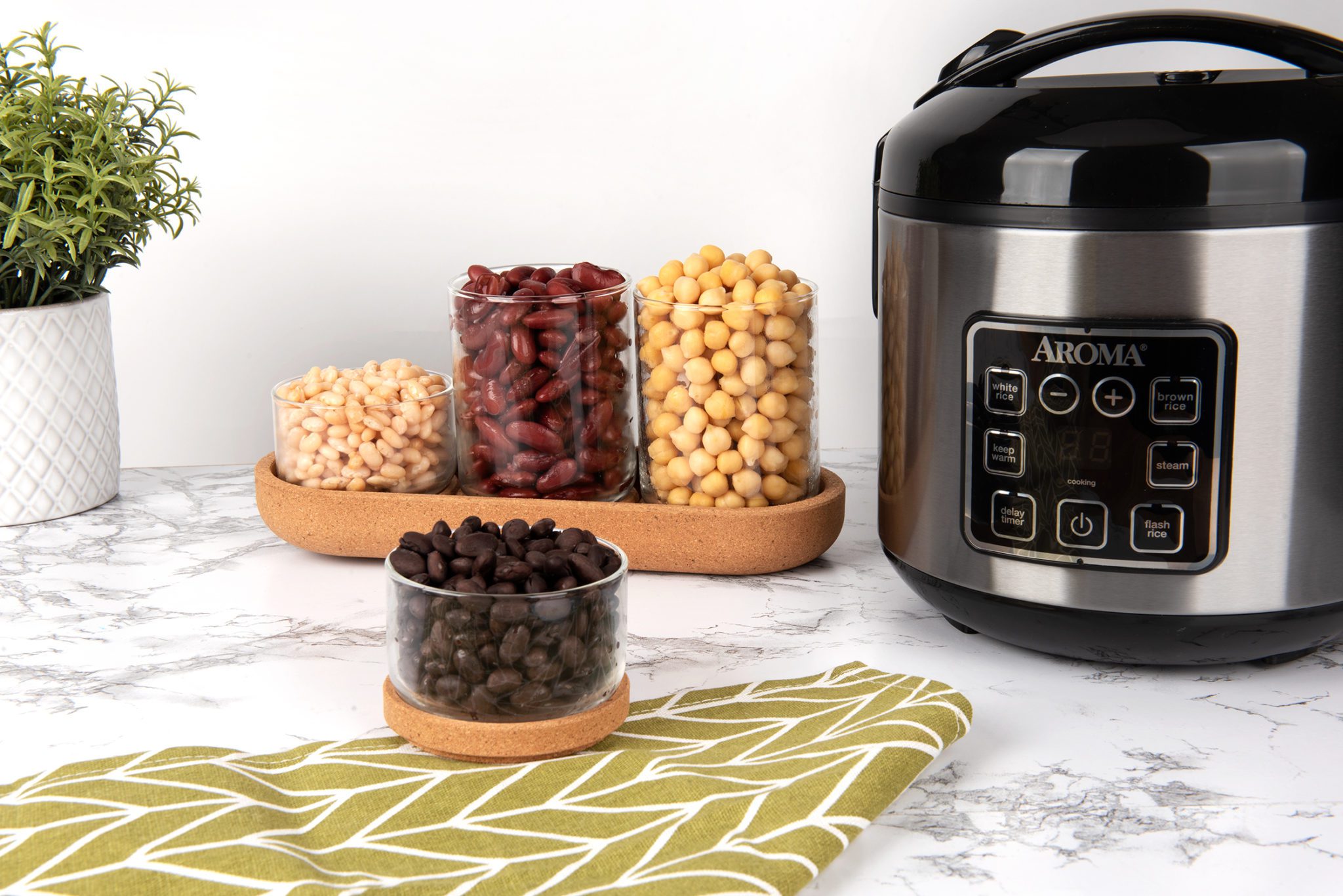



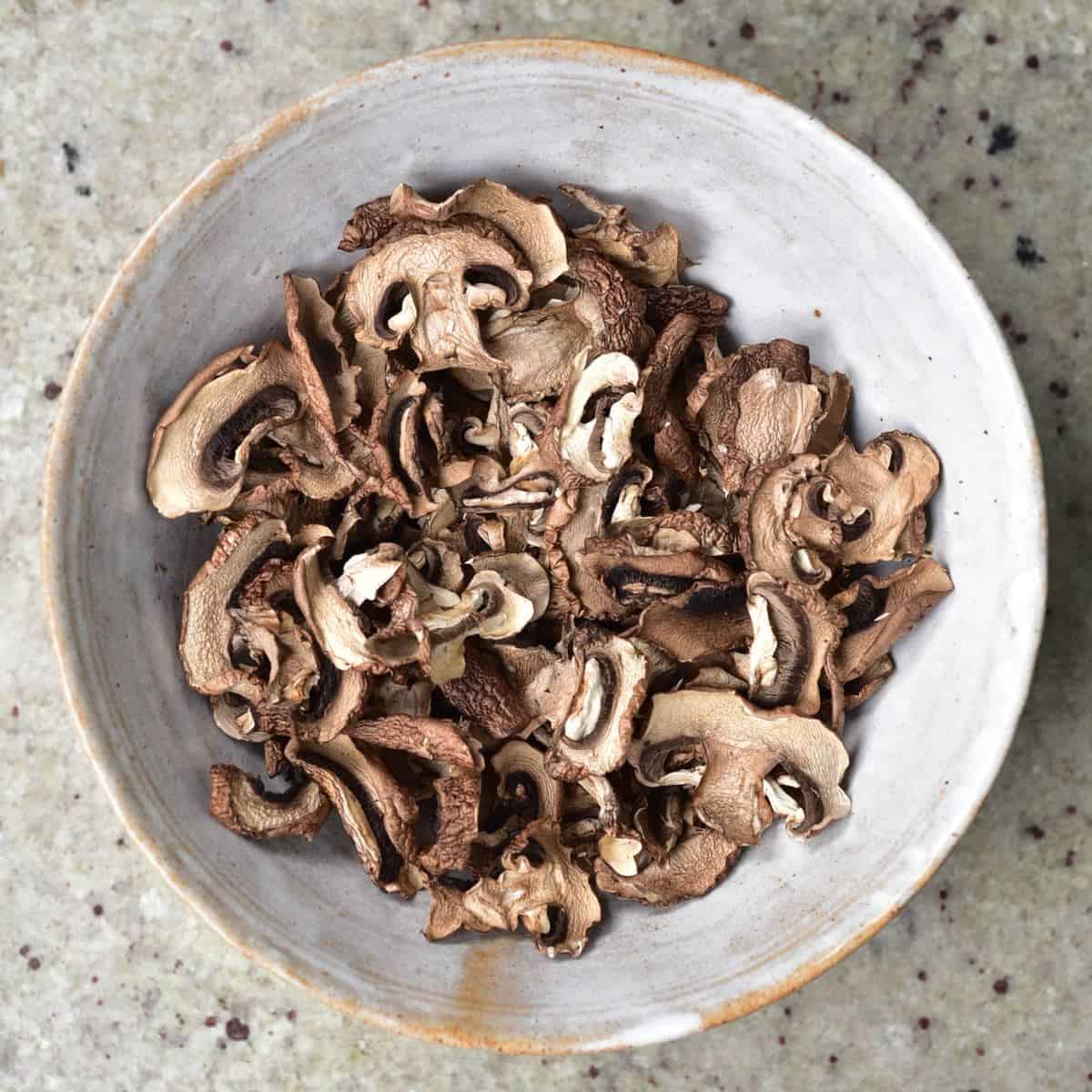
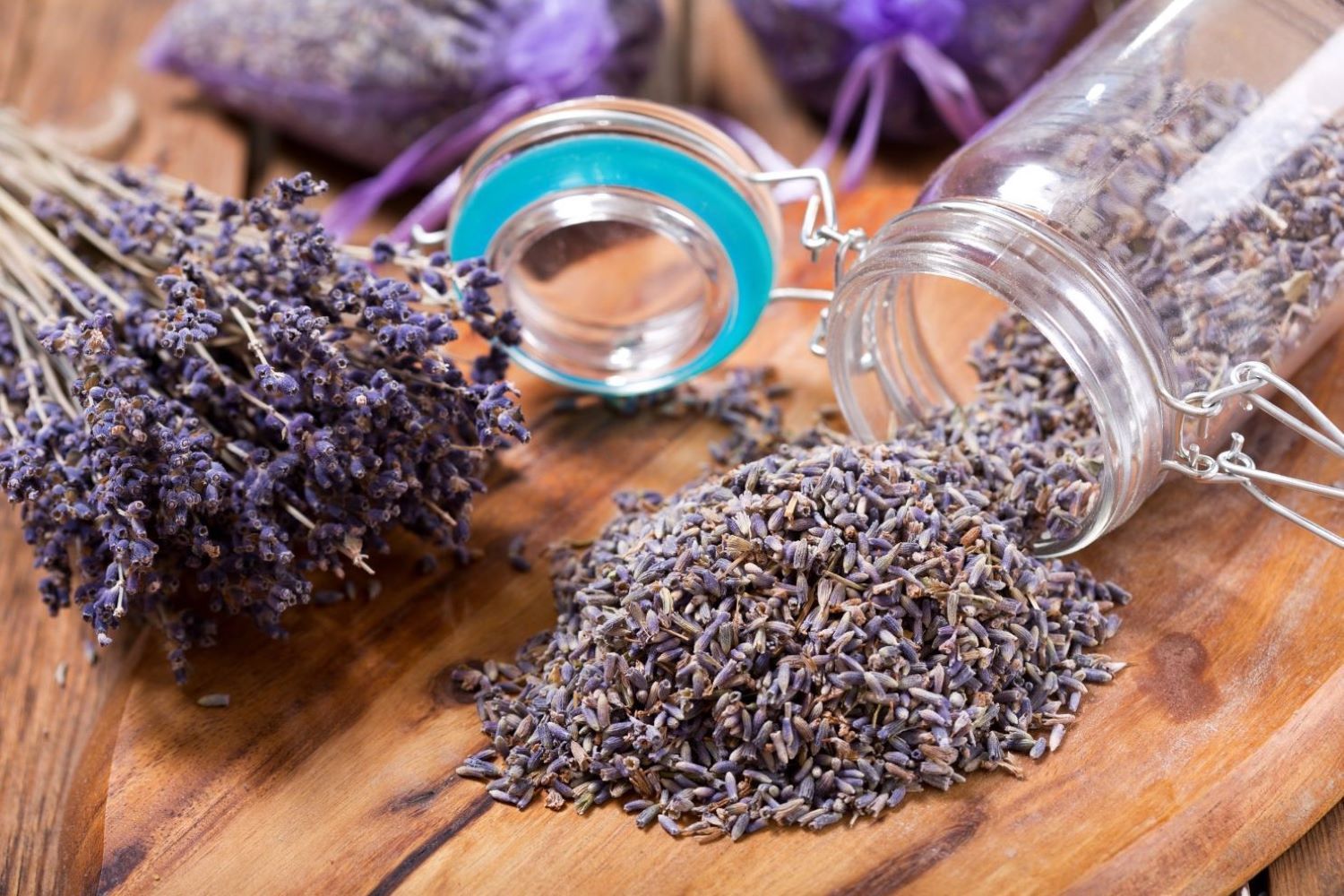

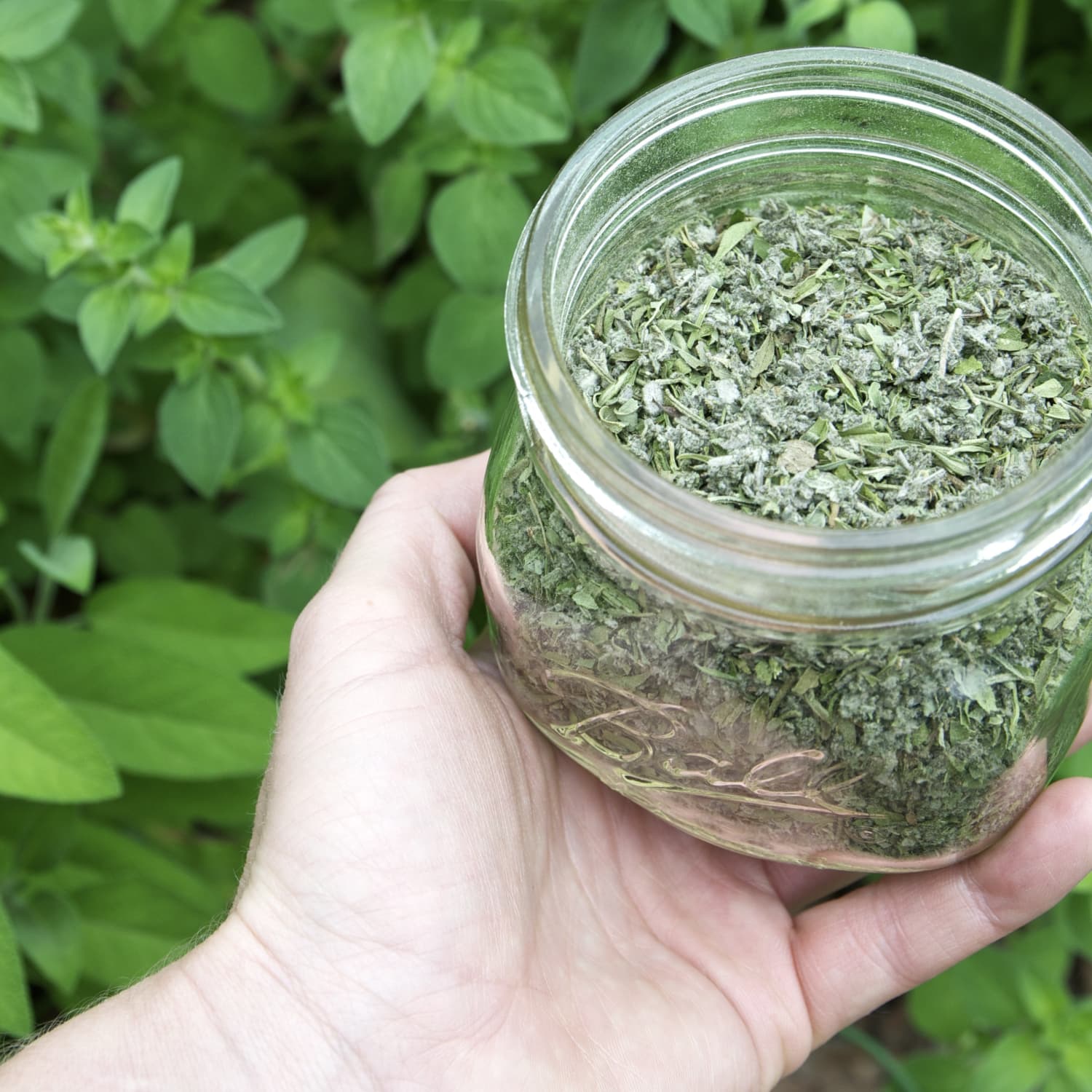




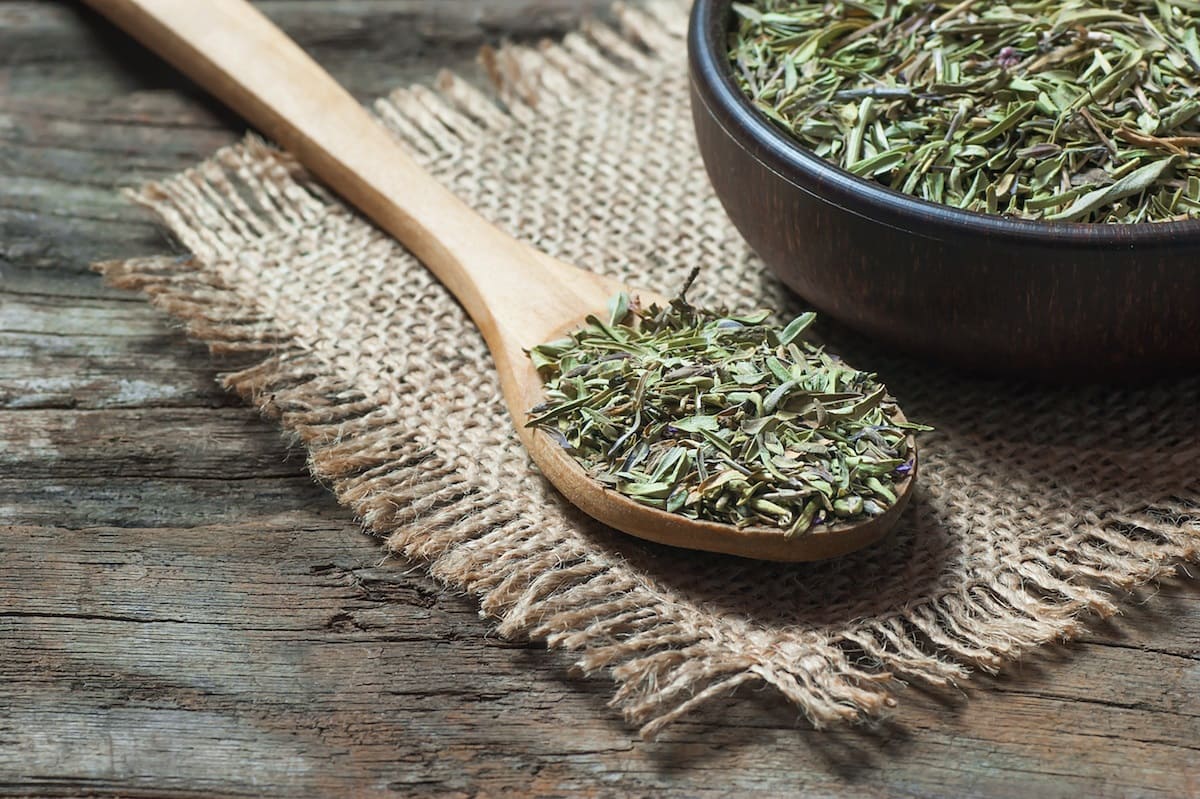


0 thoughts on “How To Store Dry Rice”